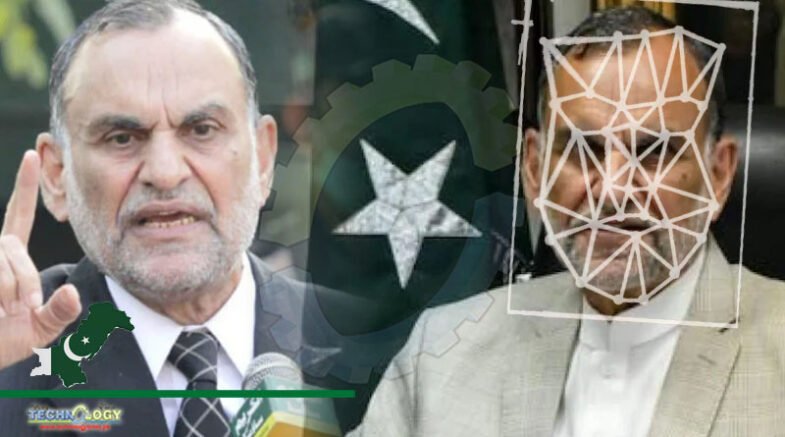The FIA termed the video viral on social media about Senator Azam Swati currently, as forged and concocted using deepfake technology.

The Federal Investigation Agency (FIA) termed the video viral on the social media about Senator Azam Swati currently, as forged and concocted using deepfake technology.
Pakistan Tehreek-e-Insaf (PTI) Senator Azam Swati had claimed that his wife was sent a private video, featuring the two of them, the FIA declared the video “fake” following a forensic analysis.
It said that the objectionable video, circulating on the internet, was analysed frame-by-frame which revealed that ‘deepfake technology’ was used to edit the video.
The FIA said that international standard forensics proved that the video was edited, and various videos were used to distort the faces using deepfake technology.
It said that Swati’s claims needed to be investigated properly, requesting him to make a formal request so that all his concerns could be addressed.
Earlier in the day, Swati claimed that his wife was sent a private video, featuring the two of them, from an “unknown number” as he broke down while narrating the ordeal.
A fake video using deepfake technology exploits two machine learning (ML) models. One model creates the forgeries from a data set of sample videos, while the other tries to detect if the video is indeed a fraud.
One simple way to detect a live deepfake is to ask the person on a video call to turn their profile to the camera. Where a person using a live deepfake to impersonate the actor, and you can see the distortion of the image when the person turns 90 degree to the camera.
Deepfakes can be harmful, but creating a deepfake that is hard to detect is not easy. Creating a deepfake today requires the use of a graphics processing unit (GPU). To create a persuasive deepfake, a gaming-type GPU, costing a few thousand dollars, can be sufficient.
Deepfakes, an emergent type of threat falling under the greater and more pervasive umbrella of synthetic media, utilize a form of artificial intelligence/machine learning (AI/ML) to create believable, realistic videos, pictures, audio, and text of events which never happened.
